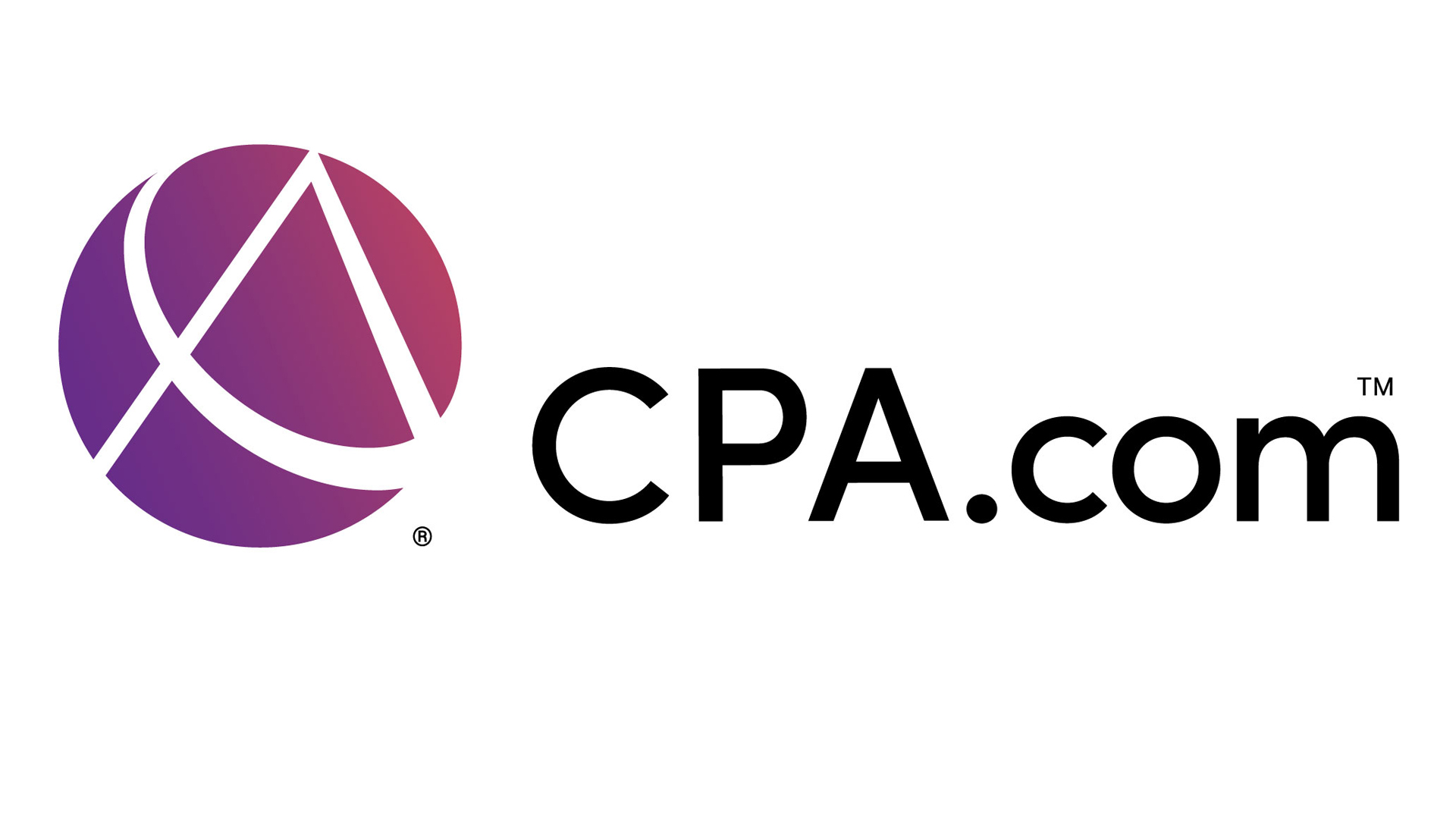WASHINGTON — National Taxpayer Advocate Nina E. Olson hsa released her statutorily mandated mid-year report to Congress that identifies the priority issues the Taxpayer Advocate Service (TAS) will address during the upcoming fiscal year. The report expresses particular concern about the impact of budget cuts on the IRS’s ability to meet taxpayer needs, the IRS’s unwillingness to issue full refunds to victims of tax return preparer fraud and shortcomings in IRS procedures for assisting victims of tax-related identity theft.
In addition, Olson released a special report examining the IRS’s use of questionable criteria to screen applicants for tax-exempt status. The special report analyzes the sources of the problem and makes preliminary recommendations to address them.
“Today, the IRS is an institution in crisis,” Olson wrote. “In my view, however, the real crisis is not the one generating headlines. The real crisis facing the IRS — and therefore taxpayers — is a radically transformed mission coupled with inadequate funding to accomplish that mission. As a consequence of this crisis, the IRS gives limited consideration to taxpayer rights or fundamental tax administration principles as it struggles to get its job done.”
AREAS OF FOCUS
The report identifies the priority issues on which the Office of the Taxpayer Advocate will focus during the upcoming fiscal year. The report describes numerous challenges facing the IRS, including:
- Relieving the financial harm suffered by victims of tax return preparer fraud.
- Conducting adequate oversight of the tax return preparer industry.
- Providing effective, timely and taxpayer-centric relief to victims of identity theft.
- Utilizing effective and timely collection alternatives to minimize taxpayer burden while reducing the number and dollar amount of balance-due accounts.
- Conducting education and outreach to taxpayers about their responsibilities under the Affordable Care Act.
- Resolving erroneous revocations of the tax-exempt status of small § 501(c)(3) organizations and failing to provide them with a pre-revocation administrative appeal.
- Establishing less draconian and more reasonable “settlement initiatives” for the millions of taxpayers who have legitimate reasons for overseas bank and financial accounts and whose failure to file reports was merely negligent.
Olson expresses particular concern about the impact of cuts to the IRS budget on taxpayer services, taxpayer rights and revenue collection. She recommends that Congress provide sufficient funding for the IRS to meet taxpayer needs. Notably, she recommends that funding be restored for employee training, which has been cut by 83 percent since FY 2010, so IRS employees obtain the education and professional skills they require to administer the tax system in a manner that respects taxpayers’ rights. “The last thing a financially struggling taxpayer should have to face is an under-trained IRS collection apparatus,” she wrote.
SPECIAL REPORT ON EXEMPT ORGANIZATION REVIEW CONCERNS
In addressing the exempt organization (EO) issues, the Advocate’s office does not have investigative authority and did not seek to duplicate other ongoing investigations. The report takes a broad look at factors that contributed to the use of questionable screening criteria and processing delays and offers 16 recommendations to address them. The report groups the contributing factors into four categories: (1) lack of guidance and transparency; (2) absence of adequate checks and balances; (3) management and administrative failures; and (4) EO’s “cultural difficulty” with TAS.
Among other things (and as noted below), Olson recommends that Congress enact a Taxpayer Bill of Rights. In her preface to the report, she details how the EO review processing delays violated 8 of those 10 taxpayer rights.
LACK OF GUIDANCE AND TRANSPARENCY
The Legal Standard “Primarily” Is Vague and Undeveloped. Section 501(c)(4) of the tax code provides that an organization may qualify for tax-exempt status if it is “operated exclusively for the promotion of social welfare” (emphasis added). Treasury regulations provide that an “organization is operated exclusively for the promotion of social welfare if it is primarily engaged in promoting in some way the common good and general welfare of the people of the community” (emphasis added).
Leaving aside the question how “exclusively” came to be defined as “primarily” (which is viewed by some commentators as merely 51%), there is very little guidance to guide IRS employees in determining whether an organization is operating “primarily” for social welfare purposes or what level of political campaign activity is permissible. Among the open questions:
- Is there a fixed percentage that should be used to measure whether an entity is “primarily” engaged in social welfare activities (e.g., 51 percent)?
- What factor or factors are controlling? In seeking to measure whether an entity is “primarily” engaged in social welfare activities, one could focus on the percentage of the entity’s expenditures, the percentage of the entity’s time, the percentage of the entity’s email blasts or advertisements or other factors.
- If the IRS considers multiple factors, should all factors receive equal weight, and if not, how should the relative weighting be determined?
The law provides no direct guidance to answer these questions. To enable the IRS’s EO function to evaluate applicants for Section 501(c)(4) status in a consistent manner, the Advocate recommends that Congress or the Treasury Department provide clearer standards.
No Judicial Review Is Available for Rejected or Unanswered Section 501(c)(4) Applicants. If an organization’s application for Section 501(c)(3) status is rejected or not answered after 270 days, the organization may go to court to request a declaratory judgment. Applicants for Section 501(c)(4) status have no such right. The Advocate’s report recommends that Congress authorize judicial recourse for Section 501(c)(4) applicants. Doing so would give organizations that believe they have been unfairly treated by the IRS the right to an independent review, and it would enable the courts to assist in developing guidelines that would help the IRS in applying the “primarily” standard.
The Application Form for Section 501(c)(4) Organizations Does Not Ask Key Questions. Applicants for tax-exempt status under Section 501(c)(4) must complete IRS Form 1024, Application for Recognition of Exemption Under Section 501(a). This form was last updated in 1998 — long before the IRS began to receive a significant number of applications from organizations that intend to engage in some political campaign activity.
The Advocate recommends the IRS revise the questions on Form 1024 to elicit necessary information upon application. Doing so would reduce the need for the IRS to burden organizations with subsequent requests for information and would eliminate the appearance of partisanship, since the questions would be posed to all applicants engaging in any political campaign activity.
The IRS Rarely Audits the Operations of Section 501(c)(4) Organizations to Determine Whether They Are, In Fact, Operating “Primarily” for Permissible Purposes. If the IRS is expected to ensure that organizations granted Section 501(c)(4) status operate as they say they will, it must have the ability to conduct periodic audits.
To ensure the IRS’s decisions about which organizations to audit are objective, the Advocate recommends the IRS conduct a small sample of reviews and then develop a risk model to use in compliance reviews of organizations after they have begun operations. The IRS can use the information developed in these audits to improve guidance and create outreach and education campaigns.
The EO Function Did Not Post Its Procedures on the Internet, Potentially Violating the Law and Contributing to the Problem. The IRS is required to post on its website all “instructions to staff that affect a member of the public,” unless an exemption applies. Even if an exemption applies, IRS functions should clear most guidance internally with affected program owners and “specialized reviewers” such as TAS.
EO did not clear with TAS or post on the Internet, even in redacted form, relevant training materials, form letters used to request additional information, the screening checksheet used by EO employees in the determinations process and other key documents. EO’s failure to clear its procedures with TAS and other stakeholders bypassed an important safeguard of taxpayer rights.
Had these documents been vetted by TAS, TAS would have had an opportunity to raise concerns before implementation. Had these documents been posted on the Internet, members of the public would have had access to them, providing greater transparency and enabling them to raise concerns about improper practices. Key EO documents still are not posted to the Internet, and TAS has not been able to locate them on the IRS intranet.
The Tax Exempt and Government Entities Division (TE/GE), of which EO is a part, has agreed to share its guidance with TAS. The Advocate recommends that the IRS adopt more expansive disclosure policies both in TE/GE and throughout the IRS.
ABSENCE OF ADEQUATE CHECKS AND BALANCES
The IRS’s Processing of Section 501(c)(4) Applications Violated Fundamental Taxpayer Rights.
The National Taxpayer Advocate has long recommended that Congress enact a Taxpayer Bill of Rights (TBOR). Modeled after the U.S. Constitution’s Bill of Rights, they would include the following:
- (1) the right to be informed;
- (2) the right to be assisted;
- (3) the right to be heard;
- (4) the right to pay no more than the correct amount of tax;
- (5) the right of appeal;
- (6) the right to certainty;
- (7) the right to privacy;
- (8) the right to confidentiality;
- (9) the right to representation; and
- (10) the right to a fair and just tax system.
The intent of a Taxpayer Bill of Rights is not primarily to create new rights, but to group the dozens of existing taxpayer rights into categories that members of the public and IRS employees alike can understand and remember.
In her preface to the report, Olson details how the IRS’s processing of Section 501(c)(4) applications violated 8 of these 10 rights. “If these rights were enacted and publicized . . . applicants for exemption may have complained more promptly and the violations might have been addressed more quickly,” the report says.
Applicants for Exempt Status (and Other Taxpayers) Have No Easily Available Remedy for the Violation of Their Rights. Several other countries, notably Australia and the United Kingdom, have authorized “apology payments” (or an equivalent) as a remedy for the violation of taxpayer rights.
The National Taxpayer Advocate has previously proposed that Congress authorize the Advocate to make a payment of up to $1,000 to a taxpayer in cases where the action or inaction of the IRS caused excessive expense or undue burden and the taxpayer has experienced a “significant hardship” within the meaning of Section 7811 of the tax code.
The total would be capped, perhaps at $1 million per year. Apology payments would serve as a symbolic gesture to show that the government recognizes its mistake and the taxpayer’s burden. The Advocate recommends that Congress enact this proposal.
Congress No Longer Holds Joint Annual Oversight Hearings to Review IRS Challenges and Performance. After Congress passed the IRS Restructuring and Reform Act of 1998, it held annual oversight hearings to review the IRS’s performance.
Each hearing was conducted jointly by majority and minority members of the House Committees on Ways and Means, Appropriations, and Government Reform and Oversight and the Senate Committees on Finance, Appropriations, and Governmental Affairs.
The last joint oversight hearing was held about 10 years ago. The Advocate recommends that Congress reinstate joint annual oversight hearings to help identify and address problem areas, with specific focus on how the IRS is meeting the needs of particular taxpayer segments, including individuals, small businesses and exempt organizations, and how it is protecting taxpayer rights.
MANAGEMENT AND ADMINISTRATIVE FAILURES
EO Management Did Not Maintain an Adequate Inventory Management System. EO apparently did not have the meaningful performance measures required for effective management oversight, such as how long it takes, on average, to process applications that cannot be disposed of during initial screening and what percentage of inventory was over-aged. The Advocate recommends that EO adopt better metrics to enable management to identify problems more quickly.
EO Management Did Not Ensure that Requests for Guidance Received a Timely Response. The recent report by the Treasury Inspector General for Tax Administration (TIGTA) report found that “the Determinations Unit waited more than 20 months (from February 2010 to November 2011) to receive draft written guidance from the Technical Unit for processing potential political cases.”
It appears EO management did not have a system to ensure management followed up on requests for guidance or assistance that were not timely fulfilled. The Advocate recommends that EO track requests for guidance or assistance from the EO Technical Unit so management can assess the timeliness and quality of the guidance and assistance it provides to both Determinations Unit employees and the public.
EO’S CULTURAL DIFFICULTY WITH TAS
EO Executives Resisted TAS’s Authority to Order Expedited Processing of Tax-Exemption Applications, and Thereby Isolated EO from TAS. Congress has given the National Taxpayer Advocate the authority to issue Taxpayer Assistance Orders (TAOs) directing the IRS to take an action or refrain from taking an action with respect to taxpayers who have experienced a “significant hardship” as defined by statute.
When EO’s backlog of applications for exempt status grew around 2007, TAS issued TAOs directing EO to process certain “significant hardship” cases quickly. EO management pushed back, arguing that the Advocate’s authority to issue TAOs did not apply to EO cases.
The attitude that EO does not have to be responsive to TAS has permeated EO and persists to this day, the report says. The Advocate has recommended and the new TE/GE leadership has agreed that TAS provide training to EO employees regarding TAS’s authority to order expedited processing of exemption applications.
EO Employees Did Not Refer Over-Aged Cases to TAS. The tax code provides that the National Taxpayer Advocate shall “develop guidance to be distributed to all Internal Revenue Service officers and employees outlining the criteria for referral of taxpayer inquiries to local offices of taxpayer advocates.”
One criterion is that “[t]he taxpayer has experienced a delay of more than 30 days [beyond the IRS’s normal processing time] to resolve a tax account problem.” Although other IRS divisions routinely refer cases to TAS and although every case identified by TIGTA was delayed much more than 30 days, EO did not refer any of these cases to TAS. The Advocate has recommended and the new TE/GE leadership has agreed that TAS provide guidance and training to EO employees regarding when to refer cases to TAS.
EO Employees Did Not Report the Systemic Delays in EO Processing to TAS. TAS maintains a system known as the Systemic Advocacy Management System (SAMS) through which IRS employees and members of the public can report systemic IRS problems. TAS receives hundreds of submissions each year, including many from IRS employees.
However, no EO employee (or anyone else) alerted TAS to this issue while the cases were on hold. Had TAS been alerted, it would likely have uncovered the significant delays and confusion in processing these applications during the pendency of the problem. The Advocate recommends that TAS provide guidance and training to EO employees regarding when to refer systemic issues to TAS.
TAS CASES
Following the release of the TIGTA report, TAS searched its databases for the period from January 1, 2010 through May 17, 2013. It identified 19 cases that may have involved the “Be on the Lookout” (BOLO) selection criteria out of over 915,000 total case receipts during that period. The 19 cases were received by ten TAS offices in nine states.
Eleven organizations were granted exempt status, three withdrew their applications, three cases were closed because the applicants did not respond to requests for additional information, and two cases are still open in EO and are assigned to a reviewer.
The report says that faced with an average of more than 270,000 cases a year, it is difficult for TAS to identify systemic issues that arise in a small number of cases. However, the report says steps can be taken to increase the odds of earlier issue identification.
As described above, EO leadership has agreed to allow TAS to train its employees regarding case referrals and SAMS submissions. If TAS had received a significant number of case referrals from EO or if the systemic processing delays had been reported on SAMS by any EO employee who was aware of the issue, TAS likely would have identified the problem sooner.
In addition, the National Taxpayer Advocate will provide additional training to TAS employees regarding EO issues, and TAS will participate in a task force with TE/GE to identify and address systemic EO issues in the future.
* * * * * * *
The National Taxpayer Advocate is required by statute to submit two annual reports to the House Committee on Ways and Means and the Senate Committee on Finance. The statute requires these reports to be submitted directly to the Committees without any prior review or comment from the Commissioner of Internal Revenue, the Secretary of the Treasury, the IRS Oversight Board, any other officer or employee of the Department of the Treasury, or the Office of Management and Budget.
The first report is due on June 30 of each year and must identify the objectives of the Office of the Taxpayer Advocate for the fiscal year beginning in that calendar year. The second report, due on December 31 of each year, must identify at least 20 of the most serious problems encountered by taxpayers, discuss the ten tax issues most frequently litigated in the courts and make administrative and legislative recommendations to resolve taxpayer problems.
Thanks for reading CPA Practice Advisor!
Subscribe Already registered? Log In
Need more information? Read the FAQs
Tags: Accounting, IRS, Nonprofit, Small Business, Taxes



